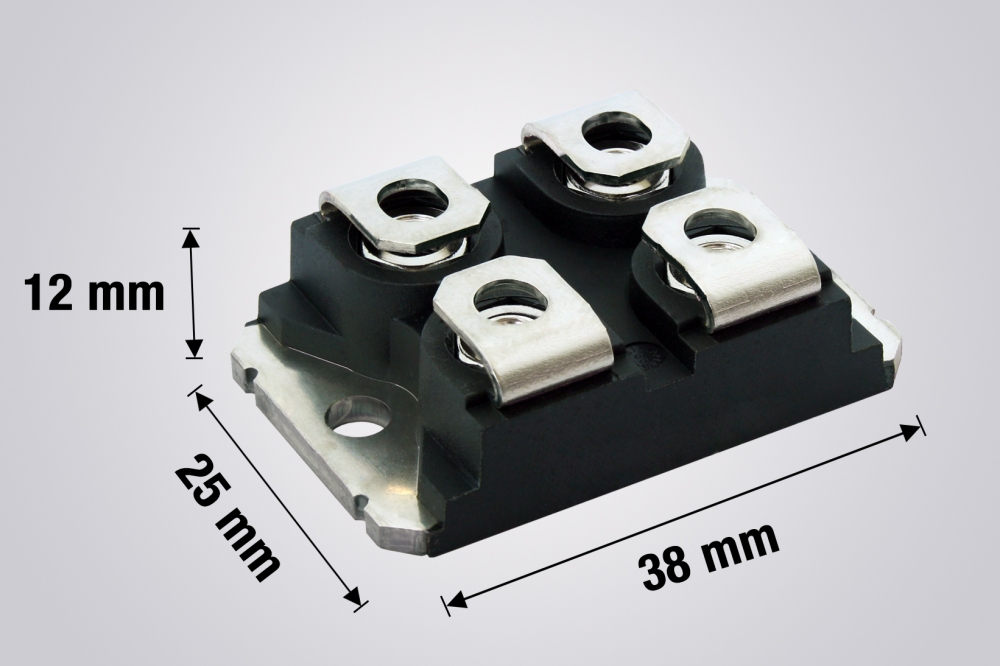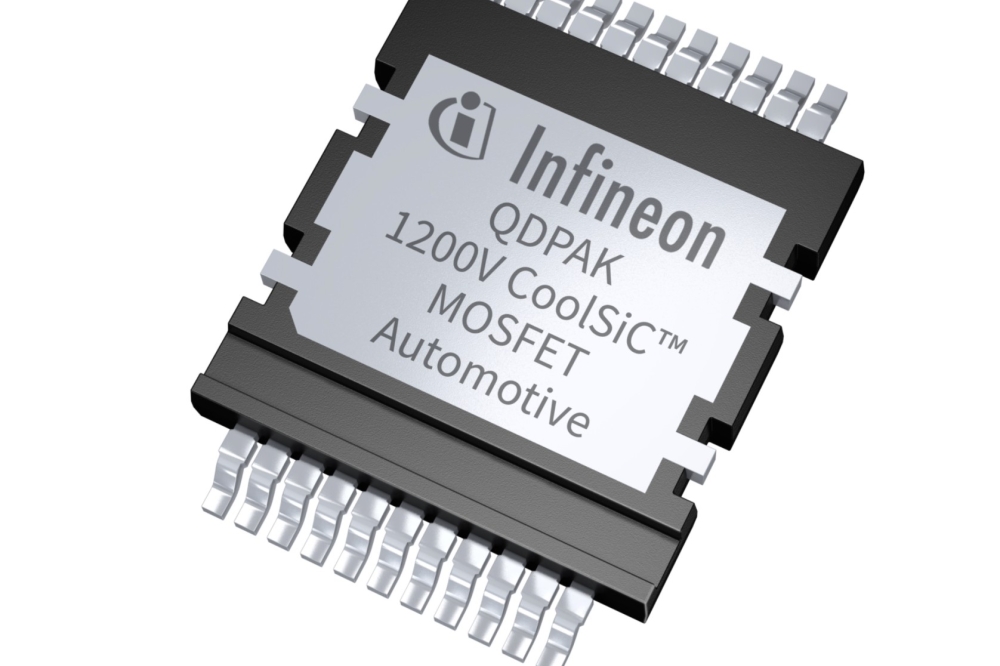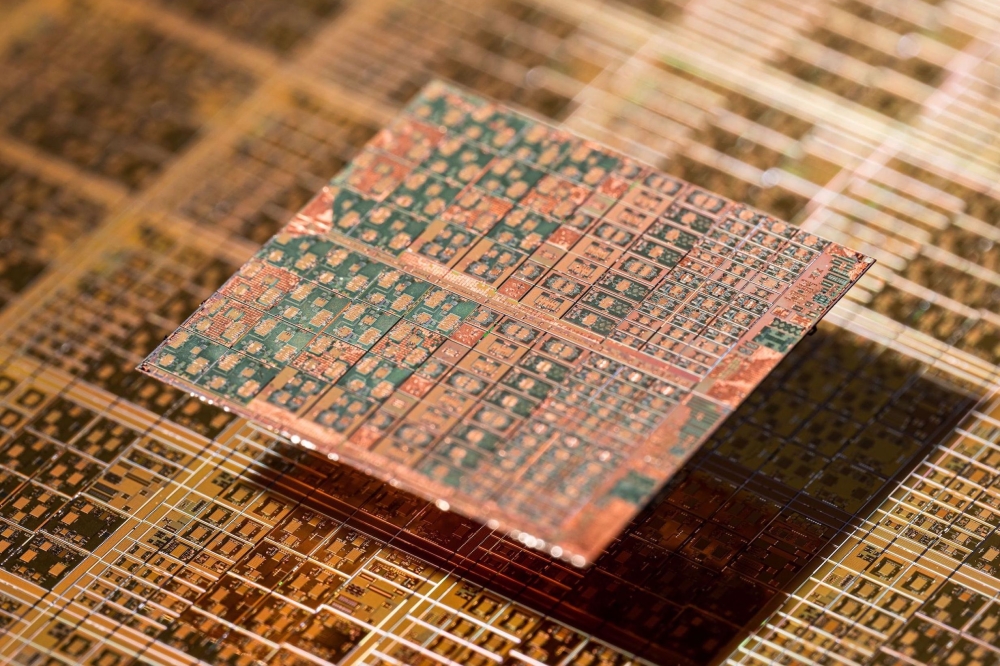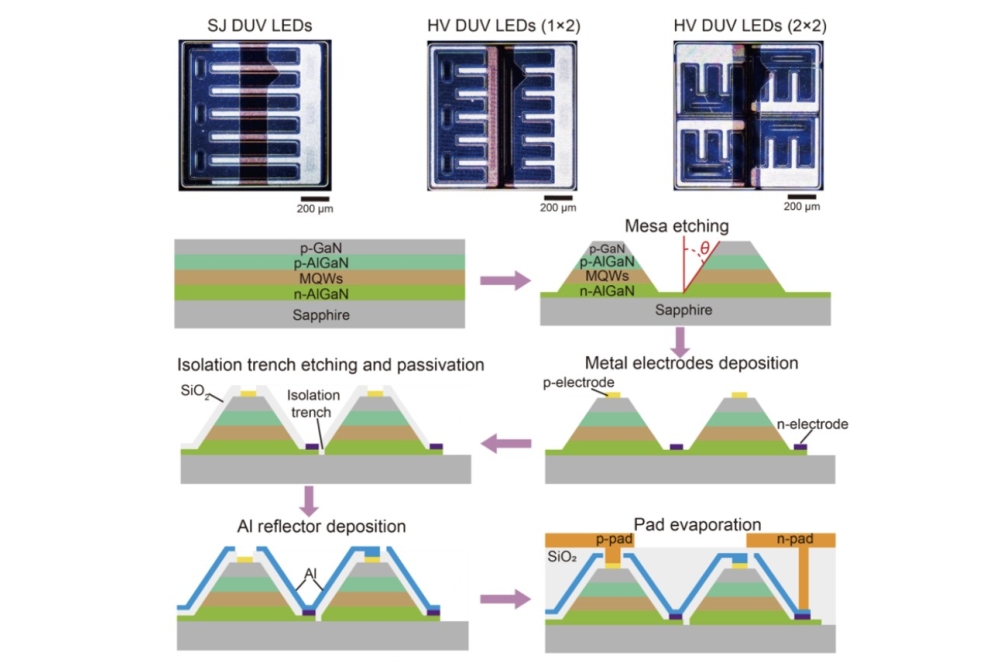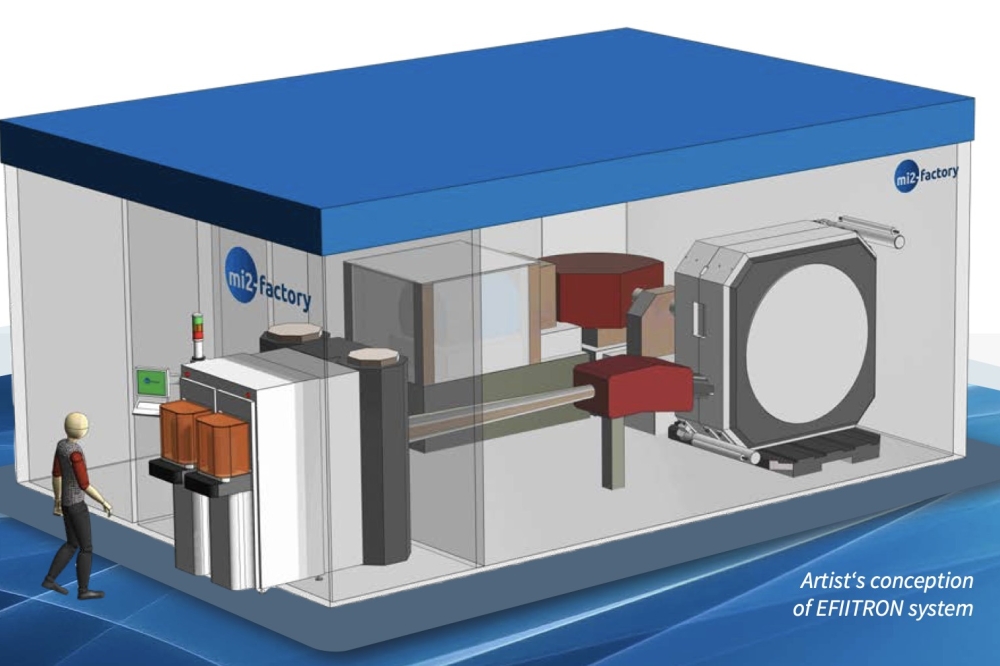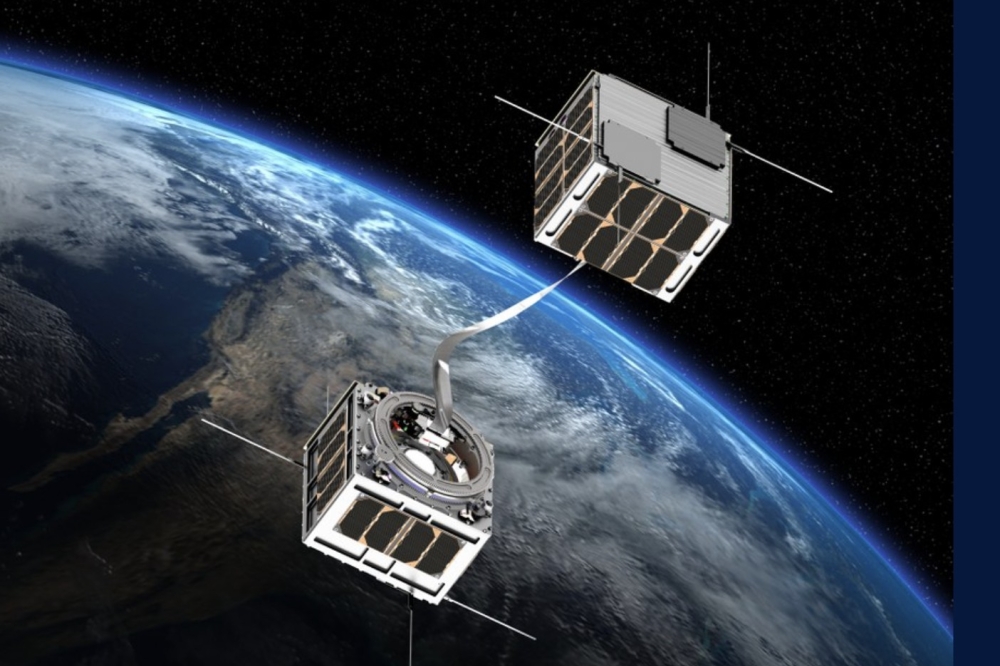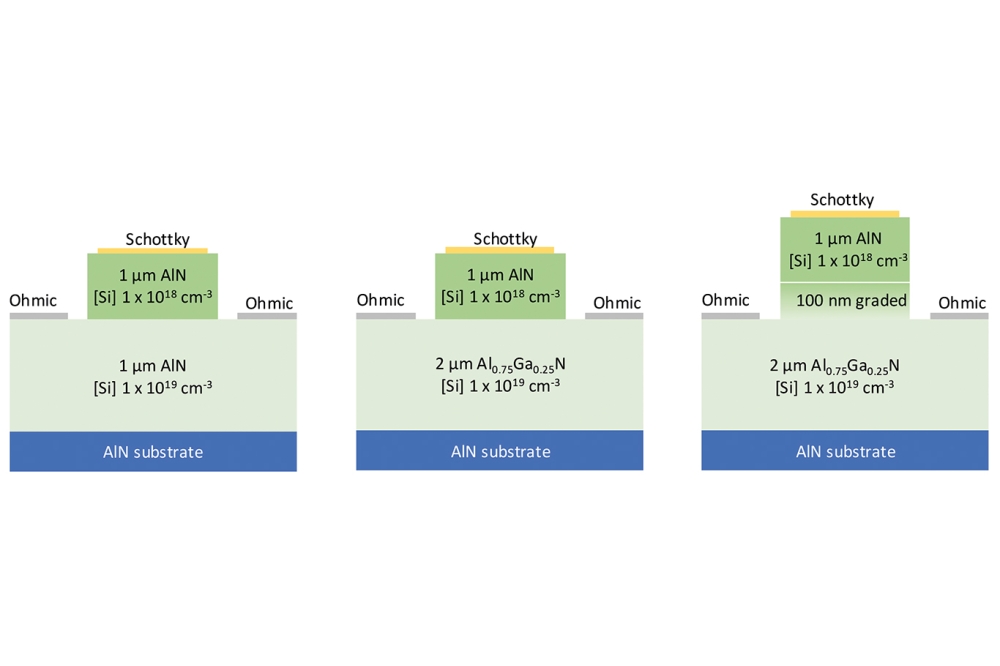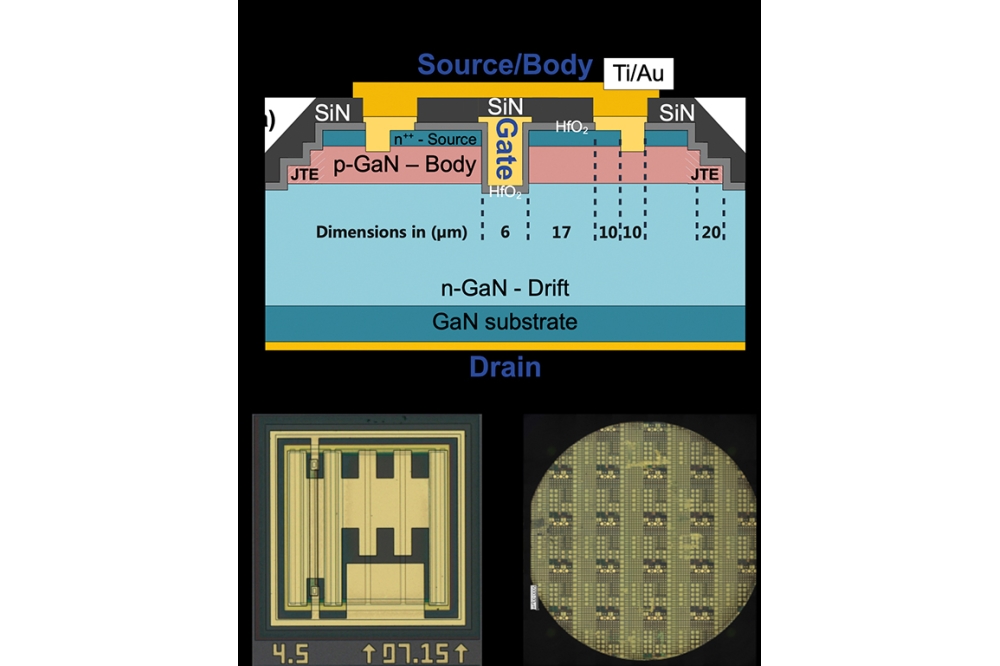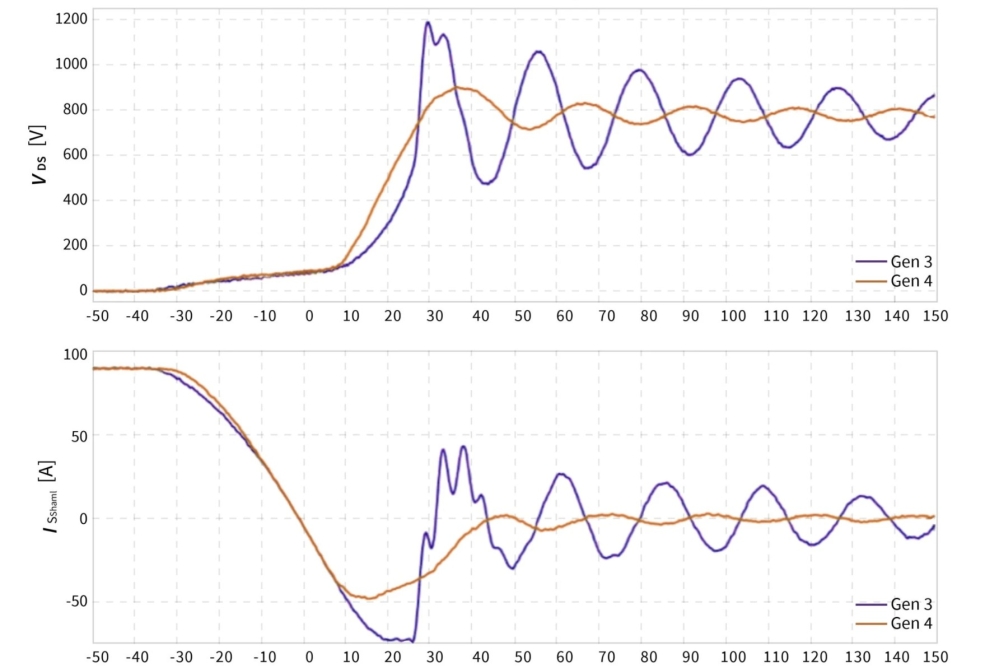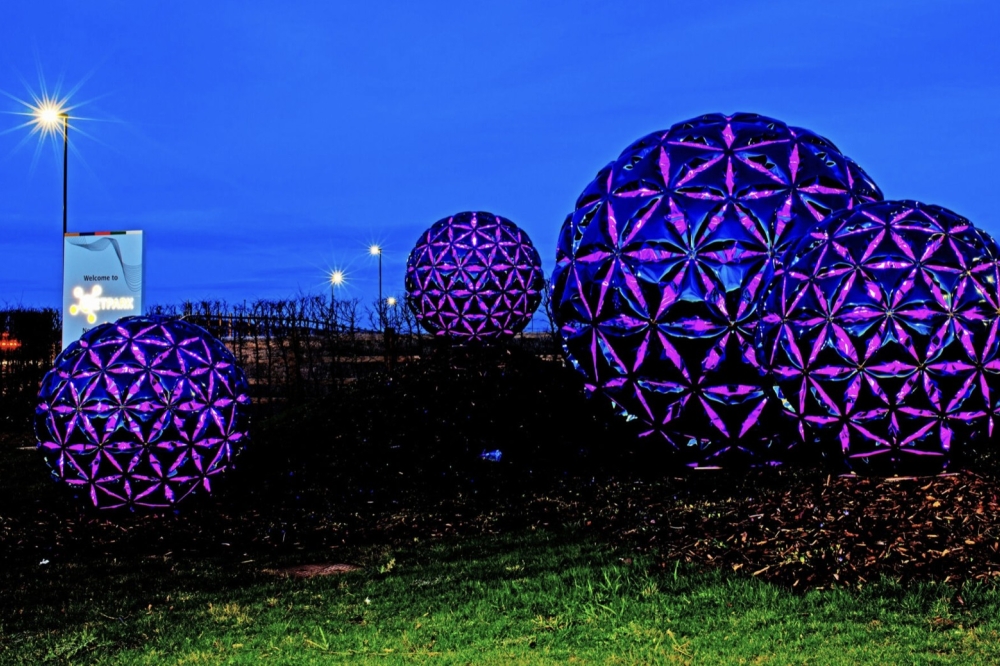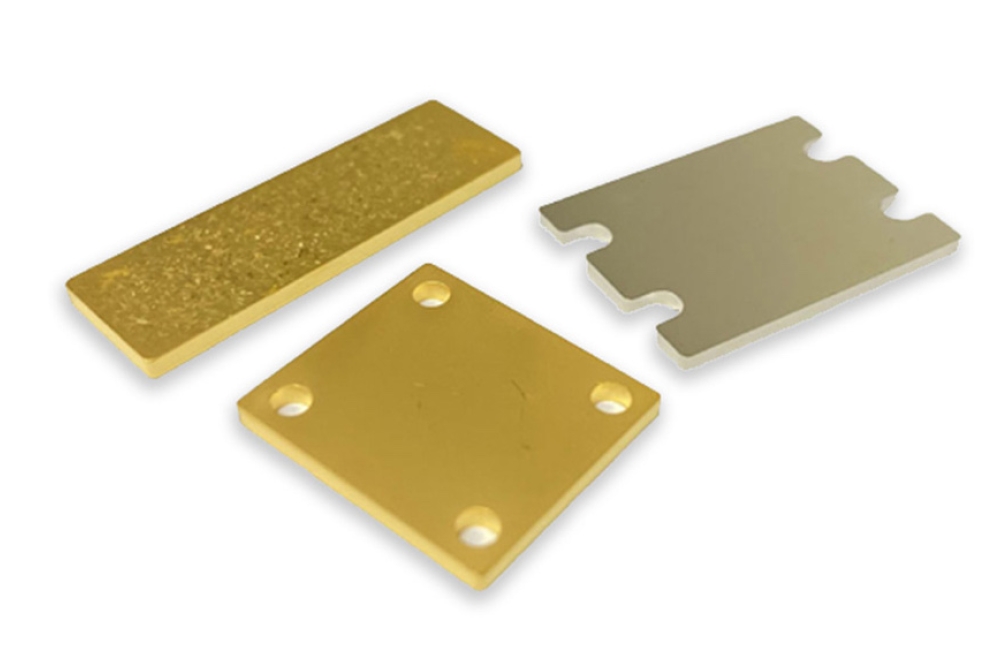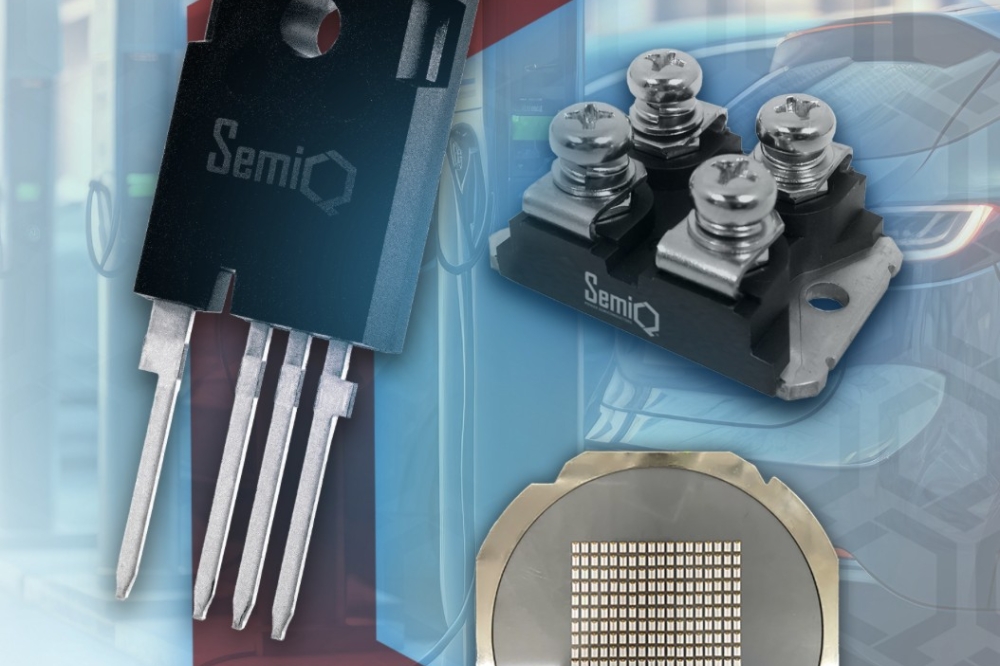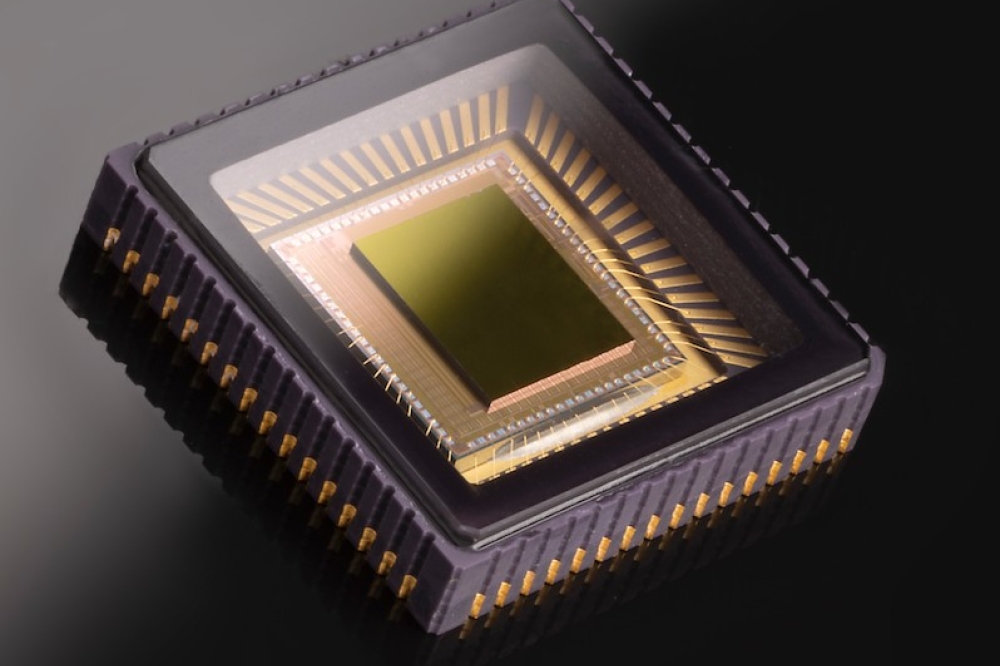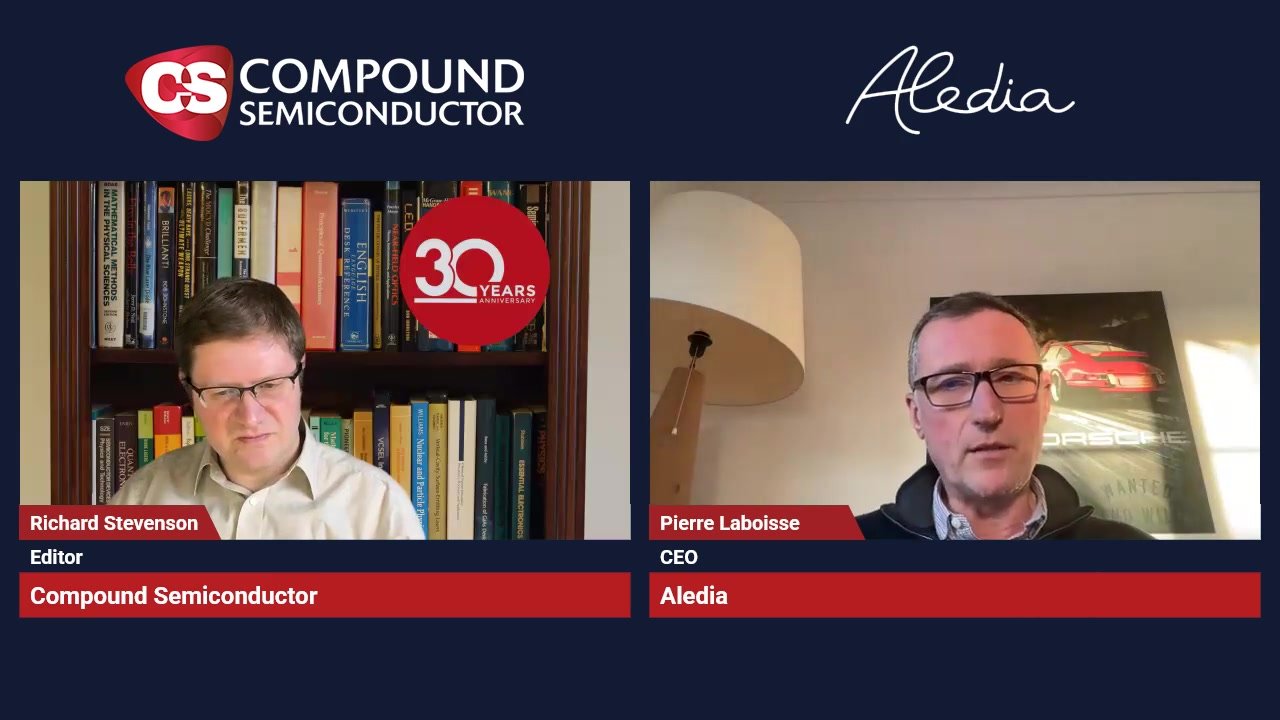A promising boost to Kesterite solar cells

Indian researchers report power conversion efficiency of 25 percent from novel multi quantum well approach
As the world moves towards renewable energy, the hunt is on for more efficient, affordable, non-toxic, flexible successors to traditional silicon solar cells.
Kesterite is a promising candidate as it can be made on a large scale using a solution-based, high-throughput roll-to-roll process. But there are challenges to overcome in terms of efficiency.
Now researchers from two leading Indian universities - SRM University and IIITDM, Kancheepuram - have came up with an innovative idea that involves introducing the quantisation effect of nanotechnology into kesterite solar cells.
Kesterite copper-zinc-tin-sulphide (CZTS) crystal has been extensively studied as an absorber material in solar cells to achieve tera-watt power generation. Similar to chalcopyrite-type CuInS2 (CIS), kesterite Cu2ZnSnS4 - Cu2ZnSn(S,Se)4 - Cu2ZnSnSe4 are members of the Cu-chalcogenide material family.
Both chalcopyrite and kesterite are effectively substituted derivatives of the Zinc blende crystal structure of ZnS. These structures have sulphur and/or selenium anions and a range of metal cations. Quaternary CZTS with I2-II-IV-VI4 structure can be derived from CIS by replacing In3+ with Zn2+ and Sn4+.
Kesterite CZTS has a direct bandgap of 1.5 eV and a high absorption coefficient (>104) which is close to the ideal for a single-junction solar cell. The bandgap can also be tuned by altering the S/Se ratio between 1.0 eV for pure selenide and 1.5 eV for pure sulphide compounds.
Despite these success stories, kesterite based solar cells could only achieve 13 to 15 percent efficiency in the last five years.
“Kesterite solar cell does have excellent potential to join in mainstream of PV market as well as many challenges to overcome also,” says S. Routray, a solar PV researcher at SRM University.
Routray and colleagues have proposed multiple quantum wells with very thin layers of two types of kesterite material to avoid high recombination rate. “We have to explore more on the material with new technologies,” said K. P. Pradhan, assistant professor, IIITDM, Kancheepuram.
Using this approach, the team reports a possible power conversion efficiency of 25 percent from MQW Kesterite solar cells in a recent issue of Applied Physics Letters.
The team is now looking forward to fabricating the cell as well as bring new concepts of technology to boost the efficiency of the kesterite solar cell and make it fit for commercial applications in future.
'Towards Quantum Efficiency Enhancement of Kesterite Nanostructured Absorber: A Prospective of Carrier Quantization Effect' by S. Sravani, S. Routray, K. P. Pradhan;" Applied Physics Letter, vol.117, no. 13, Sep, 2020.





